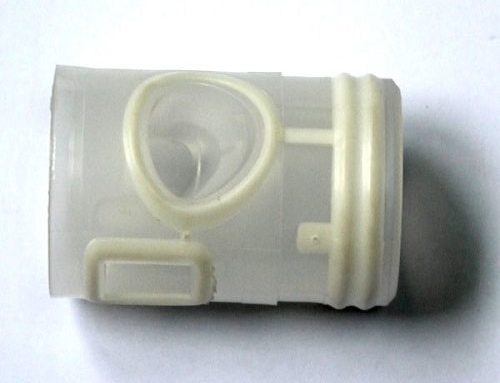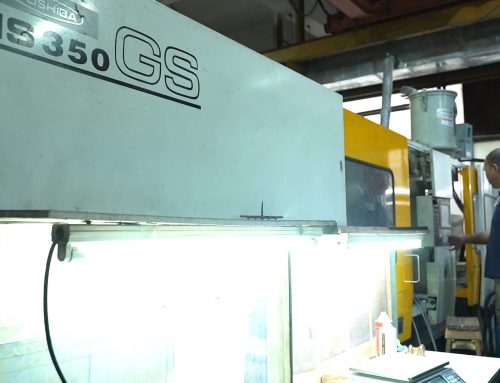As a personal protective equipment used for injury caused by falling objects or other specific factors on the head of a natural person, helmet is increasingly valued by safety protection industry in many countries all around the world. Especially in developed countries, technological innovations are constantly being carried out, and standard of helmets is updated to make helmet products more secure, comfortable, portable, aesthetic, personalized, and further protect safety and individual needs of workers.
Commonly used materials and performance of helmets
There are many materials for production of helmets. At present, common materials for production of helmets at home and abroad are: ABS, HDPE, PC, FRP, etc. Internal structure of caps, mainly produced by LDPE, PA and other materials; Top lining is made of HDPE or sponge composite nylon material. Sweat absorbing tape is made of PVC film, acrylic fiber or terry cloth sponge composite material. Acrylic fiber and rayon tape are used as corresponding cap connectors.
Helmet mold technology
Helmet mold is an important process equipment for production of helmets. It is the main tool for forming helmet and fittings. Its structure and processing accuracy have important factors for quality and productivity of helmets.
1 Mold making material
Mold making materials used to produce helmets are mainly steel, and some are also made of non-ferrous or non-metallic materials. Thirty years ago, due to lack of scientific and technological development, helmet and accessory molds were generally produced using carbon tool steel materials such as 45# steel and 40Cr at home and abroad. However, products produced using these steels have shortcomings such as poor brightness, low dimensional accuracy, low mold life. With development of science and technology, some new steel products with high hardness performance, good sliding wear performance and strong corrosion resistance have emerged, which has greatly improved precision and smoothness of helmet products and improved the entire industrial level. At present, Japan MIDORI-ANZEN, American JACKSON and other helmet mould manufacturers use high-hardness, high-toughness alloy tool steels such as 718, 2738, 2316 to produce helmet moulding, which make products more smooth, precise, and extend service life of mold to more than 2 million times. In recent years, domestic helmet mould manufacturers, whether they are self-produced or commissioned mold making manufacturers to make safety helmet mold, also gradually use P20, 718 steel from original medium carbon steel. Most manufacturers requiring high quality use standard mold bases such as Hong Kong Longji to manufacture molds, which effectively ensure accuracy, high efficiency and long life of helmet mold.
2 Helmet mold processing technology
Traditional mold making production, often based on designer’s experience and existing design materials, rely on manual labor from calculation of helmet to design of mold. In the mold making production, It rely on skilled, heavy fitters labor and combined with ordinary lathes, planers, milling machines, grinding machines and other ordinary machine tools. Precision of processing dimensions and product quality are far from meeting needs of production development. In the past 20 years, mold industry all around the world has developed rapidly. With wide application of CAD/CAM/CAE, advanced CMM, CNC and CNC machine tools, machining centers, high-speed milling and other advanced machine tools, quality of mold and dimensional accuracy of helmet has been improved. After several years of development, China’s mold manufacturers can meet requirements of customers with high quality, short time and low price, many foreign helmet mould manufacturers have commissioned Chinese companies to produce molds, such as JACKSON of USA. MIDORI-ANZEN of Japan, SPERIAN of France, etc.
3 Hot runner technology
In early safety helmet moulding, cold runner structure was generally used and there was an injection gate mark on the outside of helmet, which affected appearance. With further development of mold making technology, developed countries have begun to use hot runner structure to make safety helmet mold, leaving injection gates inside caps, making appearance of helmet products more aesthetic. The production of parts such as caps can save gate waste and energy.
4 Degree of automation
With advancement of technology, further development of injection molding and mechanical automation, advanced countries such as Japan have applied injection molding machine manipulators and automatic shear gate devices, intelligent assembly line packaging to production of helmets, and molded glass fiber reinforced plastic helmet automation system has also been obtained. Great development has promoted progress of the entire helmet industry. With development of society and increase of labor costs, automated production of helmet products will be development direction of this industry.
Helmet International Certification
As an important safety protection product, helmet products have corresponding entry barriers in various countries. If they do not obtain corresponding certifications that meet standards, they cannot be sold and used in the country. At present, in addition to China’s adoption of production license and safety mark certification access system, South Korea adopts license registration system, other countries’ certifications are tested by their authorized independent third-party certification bodies according to their national helmet standards. After passing test report or certificate issued, they can be sold. One test report and certificate are only used for helmet of same style and same material, cannot cover other styles or caps of different materials.




